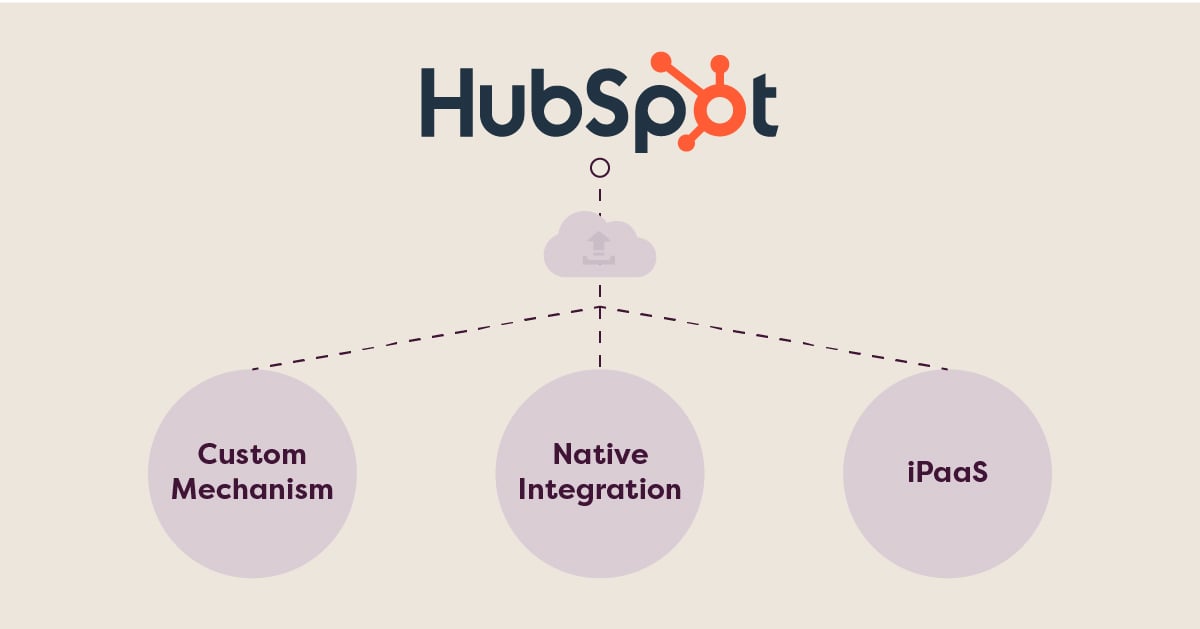So, you're interested in HubSpot CRM integration, eh? Well, you've come to the right place! Integrating your CRM with HubSpot can be a bit overwhelming, but fear not. We’re here to help with some tips and tricks to make the process as smooth and speedy as possible.
1. Clean up your CRM
Before you start migrating your data into HubSpot, you need to figure out what you're bringing with you (and what you're leaving behind). This step is crucial because it sets the foundation for a successful integration process.
bringing with you (and what you're leaving behind). This step is crucial because it sets the foundation for a successful integration process.
Determining what data to migrate is important because it allows you to create a clean and streamlined system. You don't want to bring in irrelevant or outdated data that could clutter up your HubSpot account and make it harder to navigate. Plus, it's more cost-effective and efficient to only migrate the data you actually need.
Types of data to consider
So, what kind of data should you consider migrating? Here are a few key players to keep in mind:
- Contacts
- Companies
- Deals
- Tickets
- Products
- Quotes
- Engagements
Each of these categories has its own unique set of data that you may or may not need to bring over to HubSpot. Ultimately, it’s up to you!
Tips for deciding what to keep and what to leave behind
Deciding which data to migrate and which to leave behind can be tricky, so here are a few tips to help you speed up the process:
- Identify the data that's critical for your business operations and ensure that it's migrated.
- Evaluate the quality and relevance of your data. If it's outdated or incomplete, it might not be worth migrating.
- Consider any legal or compliance requirements that may impact which data you can or cannot bring over.
- Think about the resources required to migrate each type of data. If it's too costly or time-consuming, it might not be worth it.
2. Determine how to move the data
Now that you've figured out what data you want to bring over, it's time to figure out how to move it into HubSpot. There are three main options: iPaaS, Native HubSpot Integration, and Custom Mechanism.
Comparing iPaaS, Native Integration, and Custom Mechanism

iPaaS, which stands for Integration Platform as a Service, allows you to connect different software applications through a cloud-based service. Tools like Zapier.com and Make.com are popular iPaaS options. With iPaaS, you can easily integrate HubSpot with other software platforms, without needing any coding knowledge.
Native HubSpot Integration, on the other hand, allows you to connect other software platforms to HubSpot using pre-built integrations within the platform. This option is particularly useful if you're already using software that has built-in integration with HubSpot.
Finally, Custom Mechanism is an option for businesses with specific integration needs that can't be met by iPaaS or Native HubSpot Integration. With this option, you'll need a developer to build a custom integration for you.
Each option has its pros and cons. For example, iPaaS is easy to use and cost-effective, but it may not offer the level of customization you need. Native HubSpot Integration is reliable and efficient, but may not support every software application you use. Custom Mechanism provides the most flexibility but can be costly and time-consuming.
So, how do you choose the best option for your business? Consider factors like the size and complexity of your business, your budget, and the software applications you currently use. Ultimately, the best option is one that meets your business's unique needs and requirements.
3. Keep your data up to date with these trigger actions
Now that you know how to move your data into HubSpot, it's time to determine what actions will trigger that movement. This is known as data triggering.
trigger that movement. This is known as data triggering.
Data triggering is important because it ensures that your data is up-to-date and accurate. Without it, you could end up with duplicate or outdated information in your HubSpot CRM.
So, what are some examples of data triggers? Here are a few:
- Contact updates: When a contact's information is updated in another software platform, that change can trigger an update in HubSpot.
- Cart additions: If you have an e-commerce store, adding a product to a customer's cart could trigger that customer's data to be added to HubSpot.
- Social media interactions: If a customer interacts with your social media account in a certain way, that interaction could trigger their data to be added or updated in HubSpot.
It's also important to determine how often your data should be updated. Should it be done nightly, daily, or hourly? The answer to this question will depend on how frequently your data changes and how critical it is to have the most up-to-date information in HubSpot.
Streamline your data with Vye’s HubSpot integration services
So there you have it, folks! Integrating your CRM with HubSpot might seem daunting, but it doesn't have to be. With the right approach and a little help from the experts, you can create a streamlined system that works wonders for your business.
At Vye, we understand the importance of having a single source of truth for your data. That's why we have a team of HubSpot experts who are ready to guide you through the integration process, step by step. From cleaning up your CRM to determining the best way to move your data and setting up data triggers, we'll be there for you every step of the way.
So, if you're ready to take the plunge and integrate your CRM with HubSpot, why not schedule a HubSpot onboarding with us today? We'll make sure that the process is as easy and seamless as possible, and that your HubSpot CRM integration is a success.

